German photographer Alexander Binder has been known as a self taught photographer gifted with the abilities of taking his viewers on psychedelic trip into a universe full of contrasts, and oddities using his craft vintage lenses, prisms and optical toys. His work has been featured in several mainstream media outlets including Vice Sleek and even Twin’s 2011 issue.
In his work, Binder explores the blurred lines between the real and surreal, fiction and fantasy, but his latest work is a venture into what is known as the subconscious. Inspired by Sigmund Freud’s famous paperback “The Interpretation of Dreams,” Binder’s series entitled “A Glimpse Into The Bardo” explores the abstract and symbolic aspects of consciousness. In an effort to make this venture as accurate as possible, the photographer had to learn to suppress his conscious control over the photographic process and in aid of this he used pinhole lenses, double exposures and various filters which made it nearly impossible for him to predict the final result. For an even further “Glimpse Into The Bardo,” we sat down with the artist himself to discuss the process.
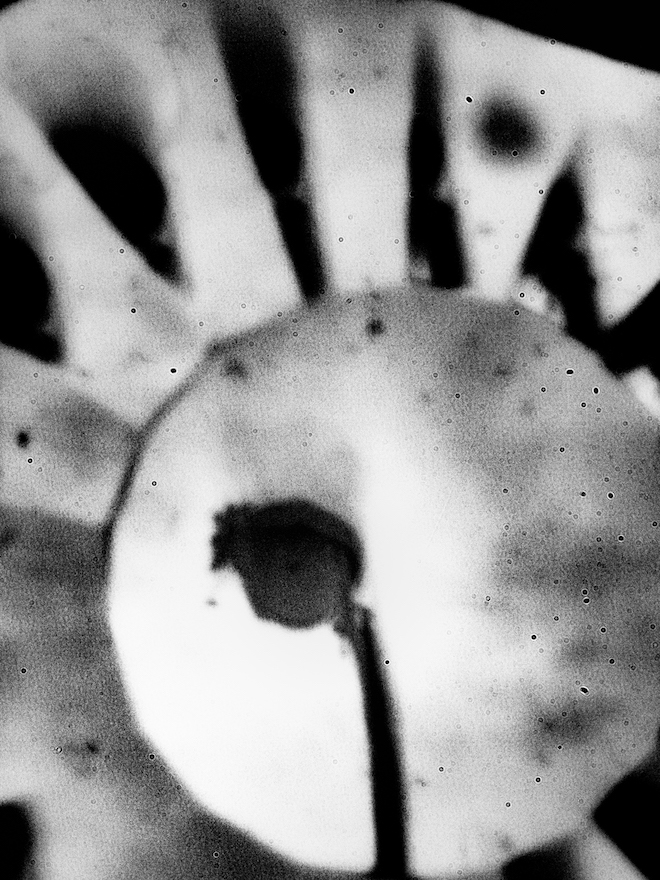
What was it like suppressing your conscious instincts during the creation of this series? Were you ever tempted to check if everything was going well?
Our brain is pretty creative in inventing excuses to exert conscious control over everything we do. Not to forget that we live in a time where “thinking”, “control” and “rational behavior” are highly valued competences. We monitor our health-status 24/7 via fitness-trackers and we love listening to people who explain our world in rational terms.
So actually it was difficult and I had to use several methods to trick myself. I guess it helped a lot that I have been working with self-made lenses, prisms and pinhole cameras for more than a decade because these tools make it almost impossible to predict the final results in detail.
Another way to limit my conscious thinking was a chaotic timing for the whole editing process. Some of the images were on my hard drives for more than three years before I even had a look at them – and some of the photos were made in less than three days.
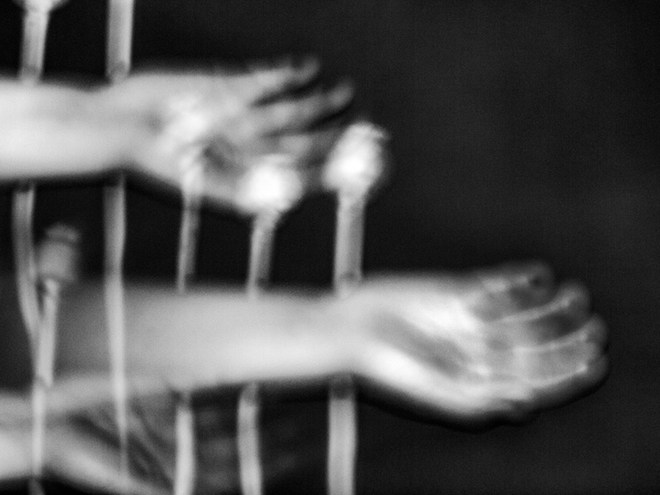
How long did it take you to create the entire series?
Several years and I am still working on new images for this constantly evolving project.During the process I realized that this specific series maybe doesn’t need a real beginning or an end. I don’t want to sound too esoteric but it just “is”.

What from Sigmund Freud’s “The interpretation of dreams sparked this concept?
There is actually one paragraph that caught my attention:
“The dream-content is (…) presented in hieroglyphics, whose symbols must be translated, one by one (…). It would of course, be incorrect to attempt to read these symbols in accordance with their values as pictures, instead of in accordance with their meaning as symbols.”
(Source: “The interpretation of dreams” 1913 / Chapter 6 “The Dream Work”)
This is exactly the way that I wanted to look at the photographs. There is nothing to understand about these images with your rational mind. They are abstract symbols that have to be interpreted step by step. Something like a Rorschach test that helps to assess an individual’s personality – or at least trigger some questions about yourself, your hopes, fears and desires.
Being inspired by Sigmund Freud’s “The interpretation of dreams , a book which speaks to the exploration of dreams as our “unconscious wishes,” do you think the end result from this series may hold some personal underlying connotation to you as well?
Yes, I think so. When I look at the series today I see a deep, almost romantic wish for some kind of nature mysticism.
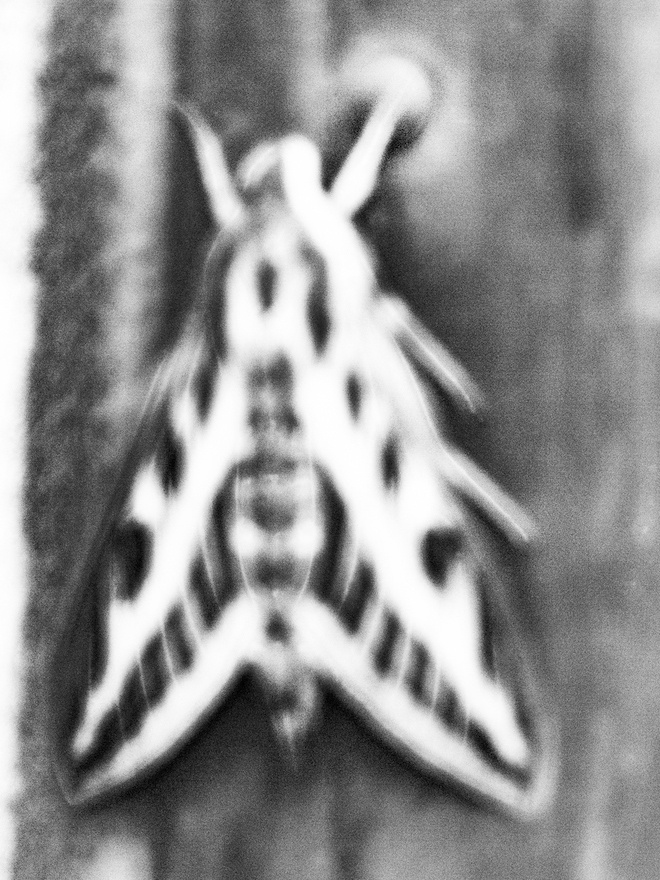
What’s your favourite image from the series? Why?
There is one image that stuck in my head and I don’t remember when or how I took the photo. It’s one of the most abstract images of the series and it has – at least for me – a very strong, symbolic quality.
Honestly I don’t even know whether I like it or not but it resonates with me on a very subtle level. It makes me think about much more than a blurry black-and-white photograph, a bright light or the vague depiction of a wing-like object. As Symbolist poet Mallarmé said it’s not about the thing, but the effect which it produces. (See Below)
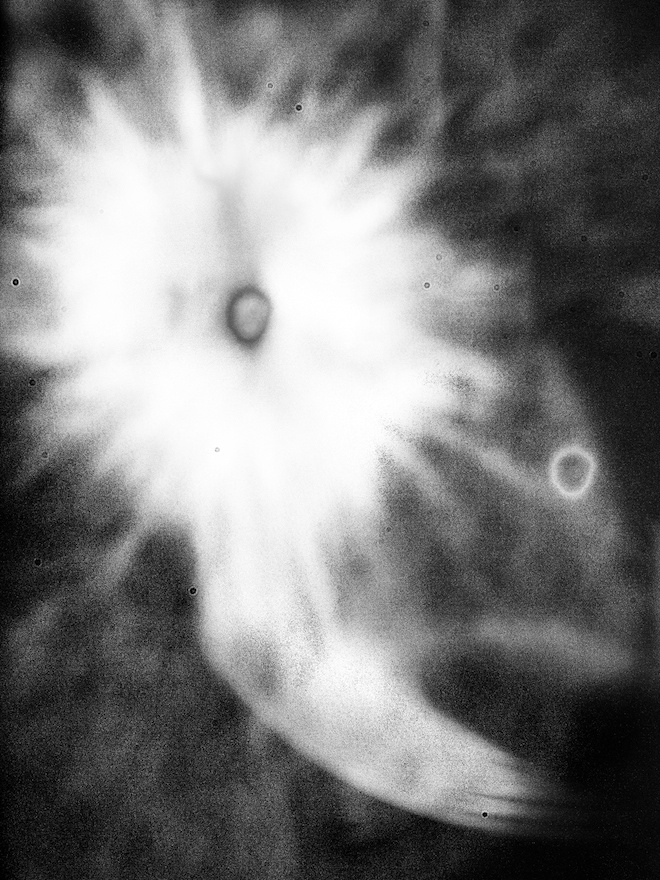
What would you like viewers to take away from this series?
The series doesn’t have a single-minded message or narrative. It doesn’t help trying to “understand” these images in the classical sense, e.g. recognizing specific objects.
Like Freud said, these are more or less hieroglyphics. And everybody has to interpret them in his own way and look for a personal meaning. So the only thing that I wish viewers would do, is that they took their time and let the photos open the doors to their subconscious.

What are you up to next? Will you continue to explore the subconscious?
The exploration of the subconscious is one of the key motivations and goes far beyond my photographic activities. There is so much to read, learn and also experience that one lifetime is not enough.
I just returned from Northern India where I had the chance to get a deeper understanding of Tibetan culture and especially the Tibetan art in its various forms – from mesmerizing Thangka paintings to otherworldly bronze statues. So there will definitely be a photo project not about, but heavily influenced by this journey.
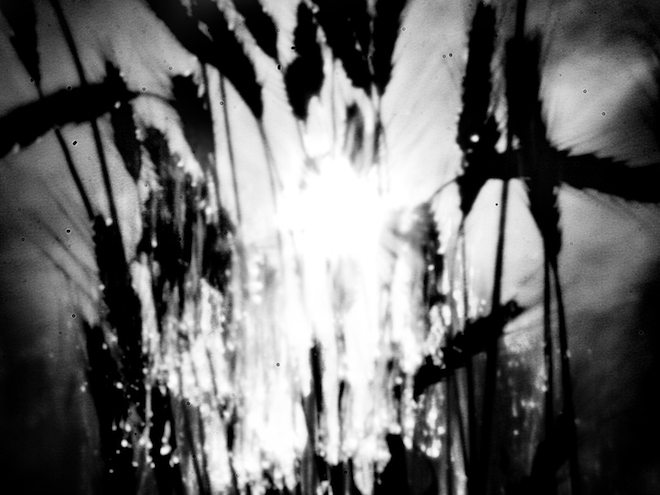
Keep up with Alexander and his work at Alexander Binder or on instagram

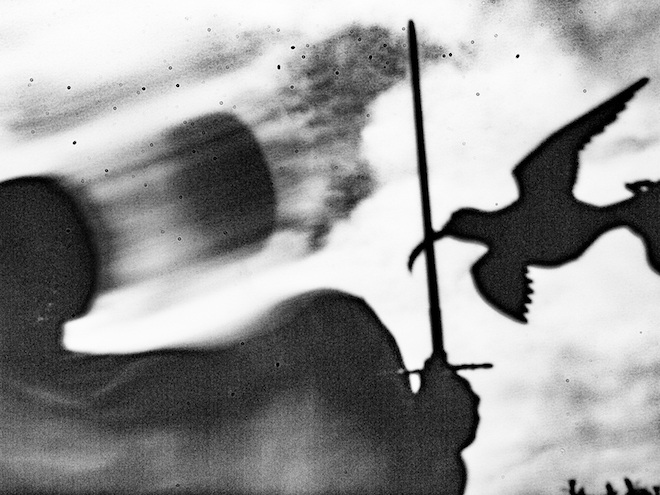
 PREVIOUS
PREVIOUS

 Twitter
Twitter
 Tumblr
Tumblr
 YouTube
YouTube
 Facebook
Facebook
 Instagram
Instagram
